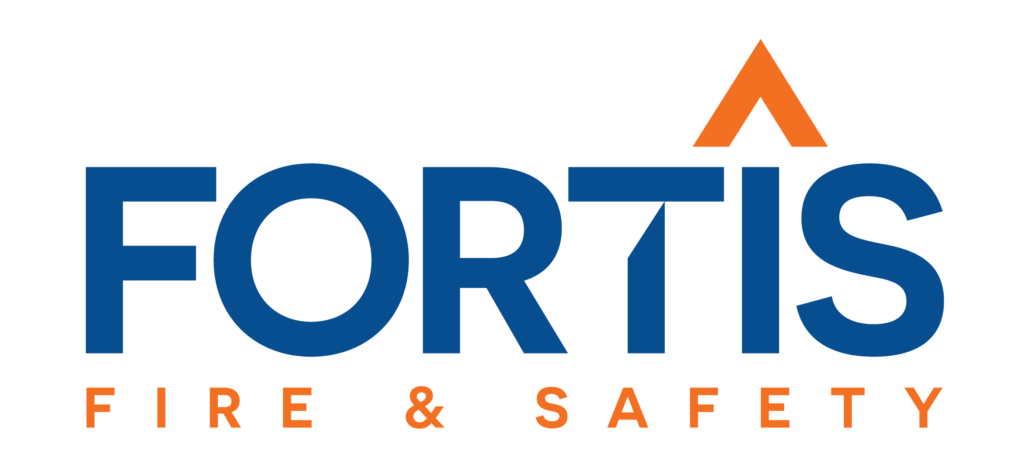Why Buildings Fall Out of Code, and What to Do About It
Change is inevitable.
Whether it’s an update of regulatory laws or a property sale, buildings can fall out of code quickly. Regular inspections and maintenance will help property managers stay ahead of compliance issues — and keep people safe.
“When active fire destroys a building and potentially injures a lot of people, the first thing media does is look for someone to blame,” says Miro Berjan, VP of Texas Operations at Fortis Fire & Safety. Fire departments and insurance underwriters will look at maintenance records and code-required frequency inspections. “The owners always get the first look.” If they saved money by avoiding investment in prevention or if they omitted bringing the systems up to the code, that is where the blame stays.
Causes of Compliance Issues
When it comes to fire suppression systems, the culprit is often outdated technology, such as sprinkler systems designed without hydraulic calculations, or a fire panel that is toward the end of its life, Berjan said.
A change of occupancy can also affect code adherence. For example, a dry cleaning or metal workshop business needs a sprinkler system designed for Ordinary Hazard Group 2 occupancies. If the building is sold to another type of business that is an Extra Hazard Group 1 occupancy (such as die casting, plywood shop, printing, or textile factory), the system most likely would have to be upgraded in order to meet the water demand required by the new Extra Hazard occupancy type, said Mario Lopez, VP of Sales at VFS Fire & Security Services, A Fortis Brand.
“In some cases, the new business cannot get their certificate of occupancy because the fire protection system is not adequate for the new occupancy moving in, and fortunately this is not discovered until the new business moves in and seeks to get their certificate of occupancy from the fire department/city,” Lopez added.
Stay Ahead of Inspections
To stay on top of these regulations and ensure compliance, building owners should set up regular inspections and “budget for improvements and repairs based on code changes and normal wear and tear,” Berjan said.
Lopez specified that depending on the component of the sprinkler system, “code requires components to be inspected either weekly, monthly, quarterly, or annual, some require three years, and all sprinkler systems need to be certified every five years.” Hydraulic calc tags on sprinkler systems also let you know if the system is adequate for the type of occupancy.
Fire alarms also require semi-annual and annual testing. But if changes happen to the building, consider reinspection or upgrade. “Once a major renovation is performed, the systems need to be upgraded to current code,” Lopez added.
At Fortis Fire & Safety, we provide routine inspections, testing, service, repair, design build, retrofits, and system upgrades of fire alarm and suppression systems, as well as special hazards and integrated security systems. Specifically, we can write up code issues during the inspection cycle, and we can help budget where to make the most impact on code deficiencies. Learn more about our services available and how we can help your business by contacting us today.





